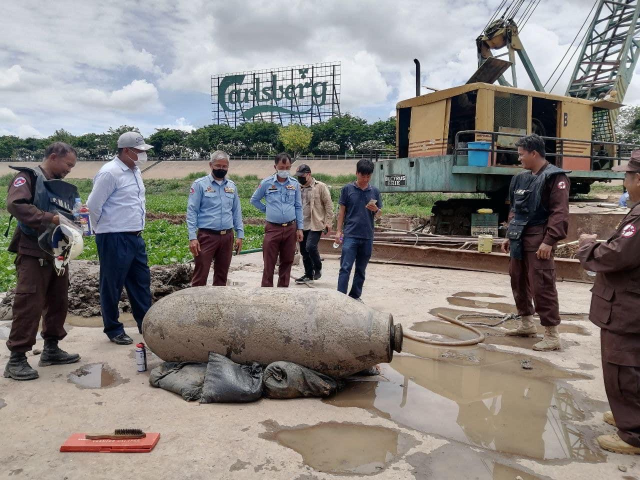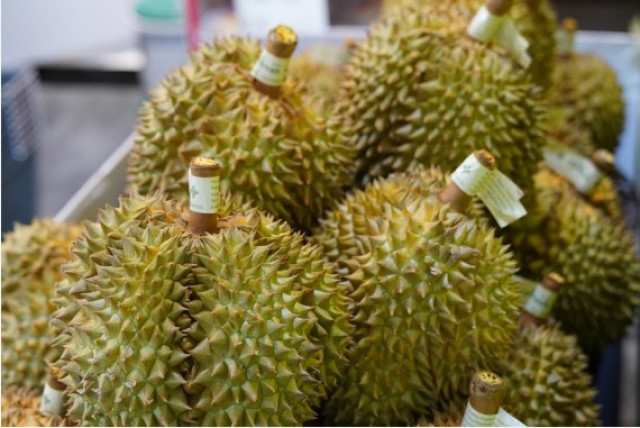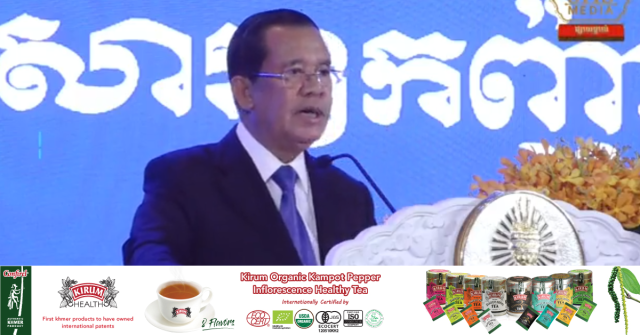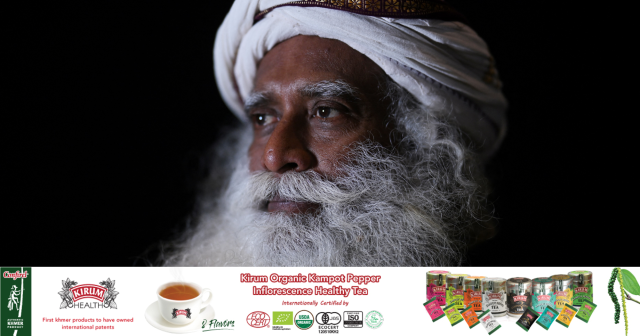Angkor: Kingdom of Khmer Civilization
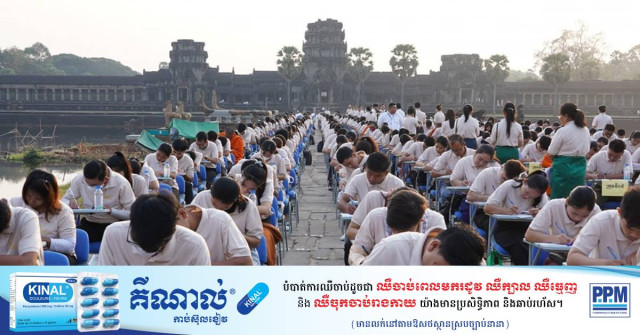
- By Torn Chanritheara
- January 24, 2024 6:10 PM
The first-ever public dictation contest has been completed with over 700 participants. Held on the causeway of Angkor Wat, Samne Angkor or Angkor Dictation aimed to promote Khmer literature and showcase the rich cultural heritage in Siem Reap.
Below is an unofficial translation of the text from Deputy Prime Minister and Minister of Education, Youth and Sports Hang Chuon Naron read by Minister of Culture Phoeurng Sackona for the candidates.
“Angkor: Kingdom of Khmer Civilization”
Angkor Archaeological Park covers 401 square kilometers with 112 villages. In Angkor Park, there are ancient temples and irrigation systems which in ancient times were considered a masterpiece of engineering, such as barays, canals, streams, ponds, moats, rivers and lakes, which are interconnected as a modern system.
Apart from this, Angkor Park has many other features such as forest biodiversity which create a beautiful cultural landscape. The presence of the people of Angkor for thousands of years is also a feature of Angkor’s heritage.
These tangible and intangible heritages are invaluable national treasures that we must all take care of together.
In 1992, UNESCO inscribed Angkor Park on the World Heritage List of Humanity. Initially, Angkor Park was inscribed on the list of World Heritage in Danger, but due to the efforts of the Royal Government of Cambodia, including the APSARA Authority and national and international development partners, Angkor Park was transferred from the list of World Heritage in Danger in 2004.
Since then, temples, irrigation systems and cultural landscapes destroyed by war, illegal logging and natural disasters have been continuously restored and preserved to this day.
The ancient irrigation system in Angkor Park can store more than 100 million cubic meters of water. This water originates from Phnom Kulen and rain and has a role to play in the daily life of the people of Angkor in agriculture and to support the foundation of temples.
When tourists visit Angkor, everyone is amazed at the works of the Khmer ancestors, the builders of Angkor in the past. Because of this great work, all generations of Cambodian children always organize the "Remembrance of Angkor" festival.
Angkor or Yasodhapura is the work of many former Khmer kings, including King Suryavarman II who built the temple of Angkor Wat in the middle of the 12th century. The Angkorian period is defined as being between the 9th and 15th centuries, between 802and 1431 AD.
Angkor Park is the dream land of mankind, especially the Cambodian people. The vast majority of Cambodians always dream and desire to visit Angkor Wat once in their lives. Angkor, which is considered a living heritage, is a tourist resort that everyone aspires to visit again and again.






